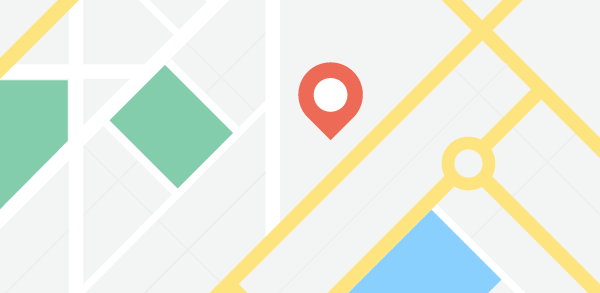History, Language & Culture Bouvet Island
In 1955, the South African frigate Transvaal visited the island. Nyroysa, a rock-strewn ice-free area, the largest such on Bouvet, was created sometime between 1955 and 1958, probably by a landslide. In 1964 the island was visited by the British naval ship HMS Protector. On 17 December 1971, the entire island and its territorial waters were protected as a nature reserve. A scientific landing was made in 1978, during which the underground temperature was measured to be 25 °C (77 °F). In addition to scientific surveys, a lifeboat was recovered at Nyroysa, although no people were found. The lifeboat was believed to belong to a scientific reconnaissance vessel ("The scientific reconnaissance vessel "Slava-9" began his regular 13th cruise with the "Slava" Antarctic whaling fleet on 22 October 1958 ... On 27 November she got to Bouvet Island. A group of sailors landed but were unable to leave the island in time because of worsened weather and stayed on it for about 3 days. The people were withdrawn only by helicopter on 29 November").
The Vela Incident took place on 22 September 1979, on or above the sea between Bouvetoya and Prince Edward Islands, when the American Vela Hotel satellite 6911 registered an unexplained double flash. This observation has been variously interpreted as a meteor, or instrumentation glitch, but most independent assessments say it was a nuclear test.
Since the 1970s, the island has been visited frequently by Norwegian Antarctic expeditions. In 1977, an automated weather station was constructed, and for two months in 1978 and 1979 a manned weather station was operated. In March 1985, a Norwegian expedition experienced sufficiently clear weather to allow the entire island to be photographed from the air, resulting in the first accurate map of the whole island, 247 years after its discovery. The Norwegian Polar Institute established a 36-square-metre (390 sq ft) research station, made of shipping containers, at Nyroysa in 1996. On 23 February 2006, the island experienced a magnitude 6.2 earthquake whose epicentre was about 100 km (62 mi) away, weakening the station's foundation and causing it to be blown to sea during a winter storm. In 2014, a new research station was sent from Tromso in Norway, via Cape Town, to Bouvet. The new station is designed to house six people for periods of two to four months.



